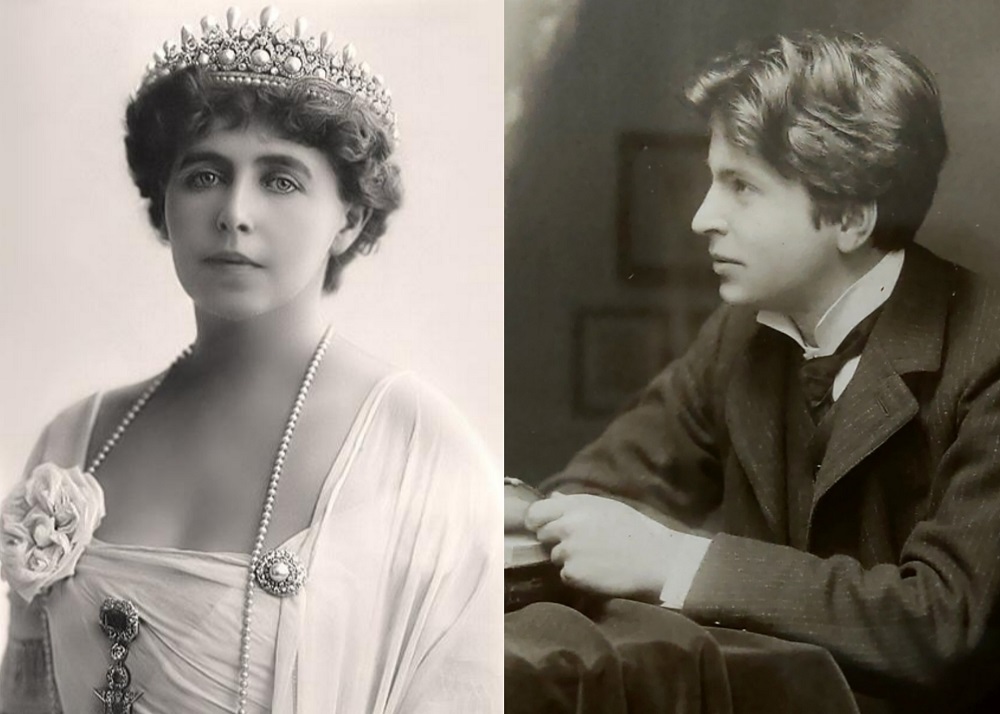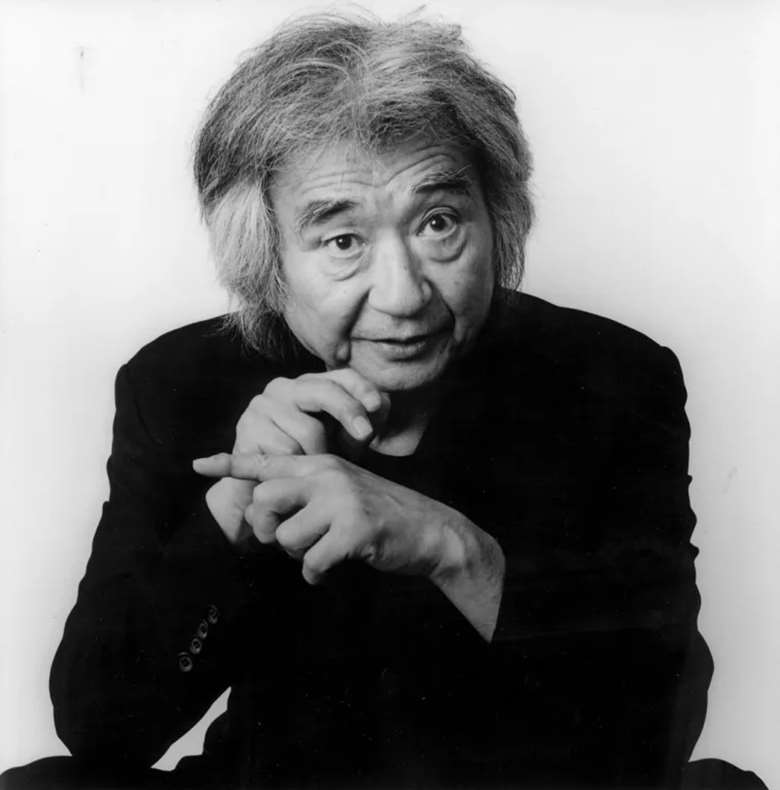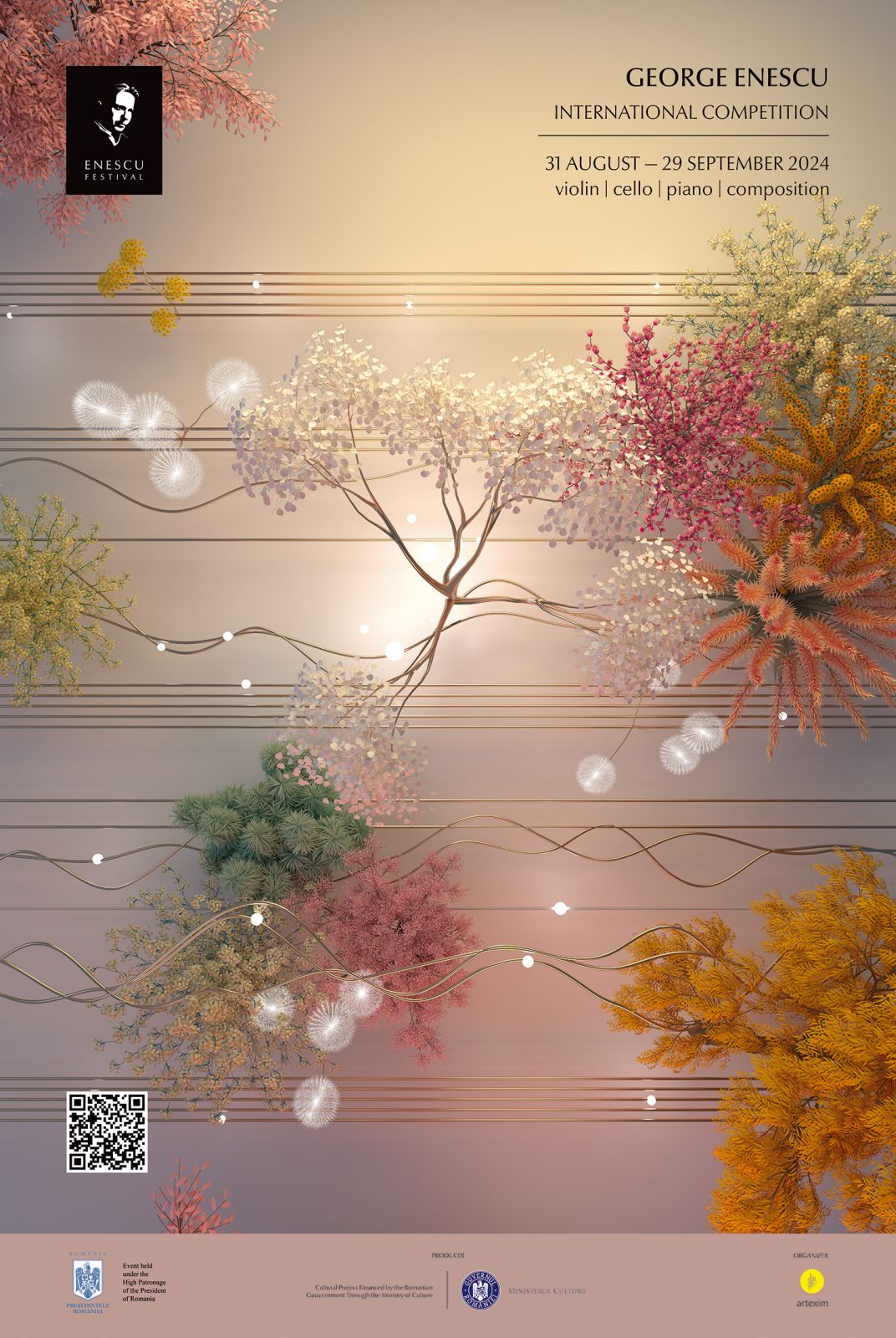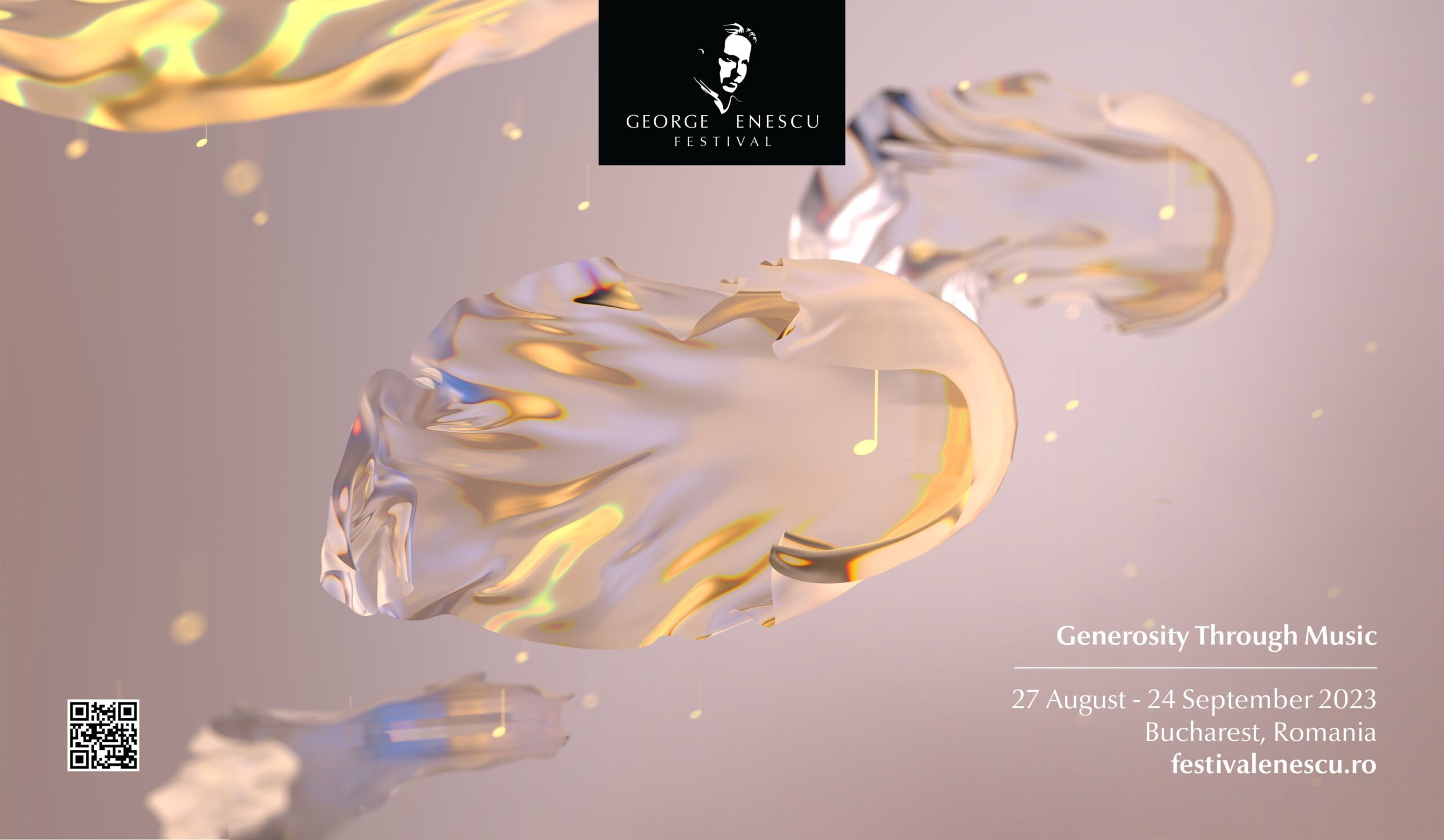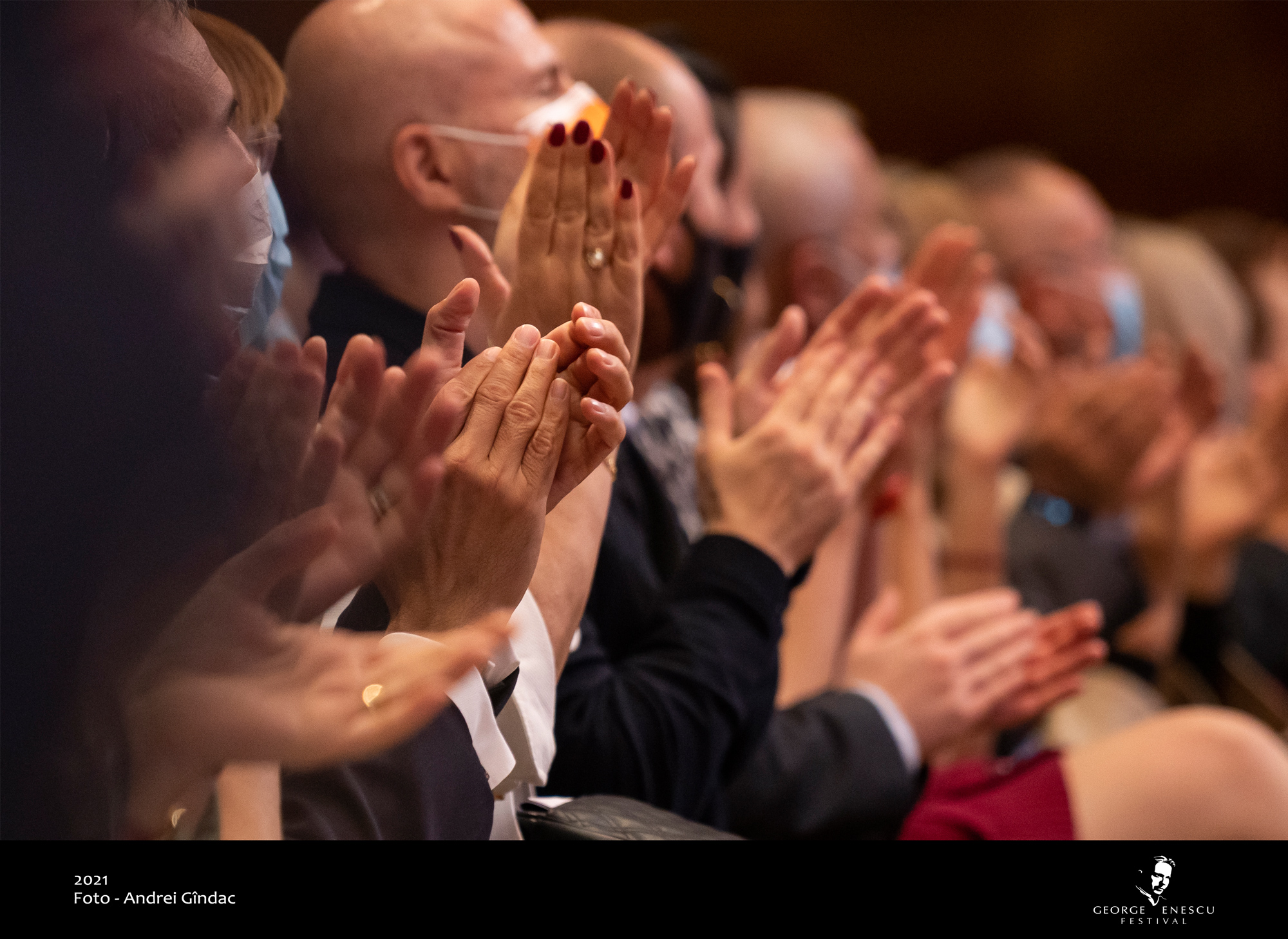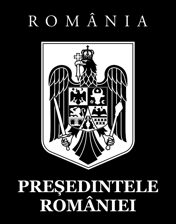By Madalina Margaritescu
“A dazzling symphony of red, yellow, and blue” animated the streets of Bucharest 102 years ago. It was Sunday, December 1, 1918, and thousands of smiles were greeting those who had fulfilled the Romanians’ dream of being united in one state: Queen Marie and King Ferdinand were returning to Bucharest “with Greater Romania, as king and queen of all Romanians.”
During the tragic times of the war, Marie, “the Soldier Queen,” was supported by Maestro Enescu, the man and artist who helped enormously with raising the morale of Romanians and comforted their souls with his music – two great personalities, whose immeasurable love of country prompted them to serve people, sharing with them their most precious resources.
Enescu’s connection to the Monarchy had its beginnings after the premiere of the Romanian Poem, a work he dedicated to Queen Elisabeta of Romania. The Maestro recounted in an interview that, shortly after the Paris success, Queen Elisabeta invited him to the Palace and offered him a place for quietude and creation. The close relationship between Queen Elisabeta and the Maestro is revealed by the letters she sent him in 1908, where she expressed her worries for the health of the musician she cherished as a child of her own. “I am sorry to know you ill. Be reasonable. Kindly ask the doctor to send us news of you regularly. My thoughts go out to you. We all send you wishes for a speedy recovery. Before anything, don’t despair. On the contrary, be patient. A bit of forced repose will do you good. Mum Queen.” She took pride in being the great artist’s second “vice-mother” after Princess Elena Bibescu, the first to be publicly named so by Enescu. Accordingly, Queen Elisabeta’s first published book, In the Mead, bore the following dedication: “To the dear child of my soul, George Enescu.”
In the salons hosted by Queen Elisabeta under her pen name Carmen Sylva, Enescu met the then-future queen of Romania, Princess Marie. At first, their interaction was a little tense. The princess seemed to show certain aloofness and Enescu felt offended, not understanding why the young woman would barely speak to him. Out of youth shyness, Queen Marie dared not come closer to Enescu, whom she perceived as an artist rising well beyond her knowledge of music, preferring instead to admire him in silence. Later, however, they would become friends, the Maestro among those who would awaken Queen Marie’s love for the arts. In his Memories, Enescu does not omit to underscore the role Queen Marie had played in the signing of the peace treaties and reveals that he had displayed in his Paris salon a photograph offered him by the then-future queen in 1908, in Sinaia, with the dedication “And he awakes the music of our souls.”
During the First World War Enescu served his country, as he said, with his arms – his quill, violin, and baton. When Romania joined the war in September 2016, the Romanian Red Cross named him president of the artistic groups organized to play for the wounded, both in hospitals and on the front line. He indefatigably visited hospitals, trying to bring comfort to those afflicted by the horrors of the war. Enescu’s music healed, invigorated, and raised hope. Wherever encouragement was needed the Maestro would simply turn up, being the first to understand the power his music had to provide moral support to those who had lost faith. Enescu put together an orchestra of 60 musicians, with whom he went on numerous tours. In times so hard, when traveling was next to impossible on account of the famine and the cold weather, Enescu did not give up for even a moment on the dream of bringing music there where it was needed the most. Many of the concerts Enescu gave were held under the patronage of Her Majesty Queen Marie.
If the Maestro soothed the suffering that war had brought about through his art, Queen Marie did so by donating essentials that were scarce on the front line (from shirts and soap to basic foods), as well as through the articles she wrote for the journal Romania, a publication compiled specially for the men under arms. The soldiers were pleased to read the Queen’s writings and, after she penned an article titled From My Heart to Theirs, they sent an equally moving reply-article – From Our Hearts to Hers.
Unique energy was created between Marie, the Queen of Romania, and the people whom she met in the hospitals or villages she visited, a profound soulful connection, as the Queen herself describes it: “my eyes were full of tears, at that moment I felt, as I have experienced many times, that there something from my heart crossed to theirs, something very powerful, very holy, which will endure.” The war-stricken people’s faces lit up in the Queen’s presence, just as their souls flickered with joy while hearing Enescu’s music.
Maestro Enescu remained unabated on the front line and declined to leave even when things had begun to precipitate, convinced that he needed to stay by the suffering and gift them his best. Up until November 11, 1918, when the Armistice was called, Enescu tried to bring them hope through his music. The very day they were informed of the Armistice, the Maestro was rehearsing with his orchestra. Upon hearing the news, he asked his colleagues to play the Marseillaise.
In 1931, when the nation celebrated George Enescu’s 50th birthday, Queen Marie wrote a touching essay on what the great artist signified in her life. She mentioned, among other things, the time Enescu spent going from one hospital to another during the war, playing for the wounded, giving hope, beauty, and joy to those called to defend their country, to suffer famine, wounds, and anguishes. With his remarkable concentration power and ability to isolate himself from the surroundings, such that no one could disturb his calmness, Enescu brought solace by his divine music even to the Queen’s heart, whose “overly strained nerves” he would appease. Queen Marie captures her memory of this in an unforgettable image: “Enescu stood tall, calm in the middle of the storm, and played like a god.”
Marie, Queen of Romania, and George Enescu – two memorable personalities, two genuine characters, two hearts that vibrated in unison, with love and complete dedication for their country.
Bibliography:
- Axente, Colette; Rațiu, Ileana, ”George Enescu, Biografie documentară”, București, Ed. Muzicală, 1998;
- Bălan, George, ”George Enescu, Mesajul-Estetica”, București, Ed. Muzicală, 1962;
- Bogdan, Vasile, ”Ei l-au cunoscut pe George Enescu”, București, Ed. Ion Creangă, 1987;
- Cosma, Viorel, ”George Enescu – Scrisori”, vol. III, București, Ed. Muzicală, 2015;
- Gavoty, Bernard, Amintirile lui George Enescu / Les Souvenirs de Georges Enesco, trad. Elena Bulai, București, Editura Curtea Veche, 2017;
- Kogălniceanu, Ilie, ”Destăinuiri despre George Enescu”, București, Ed. Minerva, Ed. R.A.I, 1996;
- Manolache, Laura, Interviuri din presa românească (1936-1946), vol. I, București, Ed. Muzicală, 1991;
- Maria, Regina României, ”Povestea vieții mele”, vol. II, vol. III, București, Ed. Adevărul;
- Nițu, Elena, ”George Enescu – Corespondență”, vol. I, București, Ed. Muzicală, 2016;
- Voicana, Mircea, ”Monografia George Enescu, București, Ed. Academiei, 1971;
- Mareș, Nicolae, Articol ”George Enescu în viziunea Reginei Maria” în Revista de cultură – Tribuna, anul X, 1-15 octombrie 2011.
Photo: Queen Marie, source: www.castelulbran.ro
